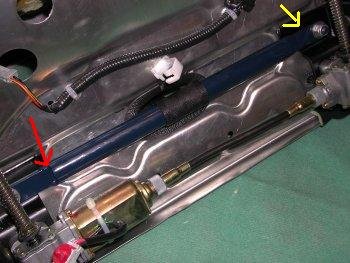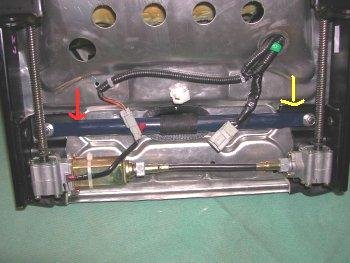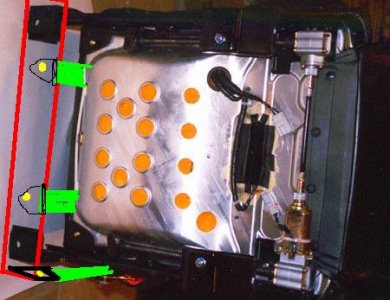Re: Harness geometry and fit
As Hrant is going through birth pains with installation of his CT bar and 6 point harness, and rightly so, I have been poring over the FIA specifications on the shoulder belt mounting in my Formula Mazda race car as it is required for the HANS. I won't bore you with the details, I'll just say that the more you can understand how these belts work and the violent forces created in that awful sickening few moments when they do their job, the more care you will take to do the mounting right.
As I figure out how to keep the belts from slipping off the HANS during a multi-impact or off-angle crash, I keep the videos of the laboratory sled crash tests firmly in mind. They provide a vivid picture of how far the body moves before the belts really become loaded, how much they stretch and how much your head, arms and legs flail. The HANS site shows only a 28 g crash, but race belts are tested by SFI to a 60 g load and measured for elongation (20% max). Old Dale E died in a 43 g crash.
I didn't mean to get up on a soap box here, but re-reading these old posts about improper mounting of a single anti-sub strap (not wanting to cut the seat) just made me want to share my growing concern for function over form. Of course, if you just want to look cool and pick up chicks down at the In-n-Out Burger ........ .nevermind, you're into a different sort of protection :wink:
.nevermind, you're into a different sort of protection :wink:
OK, back to the garage...............
As Hrant is going through birth pains with installation of his CT bar and 6 point harness, and rightly so, I have been poring over the FIA specifications on the shoulder belt mounting in my Formula Mazda race car as it is required for the HANS. I won't bore you with the details, I'll just say that the more you can understand how these belts work and the violent forces created in that awful sickening few moments when they do their job, the more care you will take to do the mounting right.
As I figure out how to keep the belts from slipping off the HANS during a multi-impact or off-angle crash, I keep the videos of the laboratory sled crash tests firmly in mind. They provide a vivid picture of how far the body moves before the belts really become loaded, how much they stretch and how much your head, arms and legs flail. The HANS site shows only a 28 g crash, but race belts are tested by SFI to a 60 g load and measured for elongation (20% max). Old Dale E died in a 43 g crash.
I didn't mean to get up on a soap box here, but re-reading these old posts about improper mounting of a single anti-sub strap (not wanting to cut the seat) just made me want to share my growing concern for function over form. Of course, if you just want to look cool and pick up chicks down at the In-n-Out Burger ........
OK, back to the garage...............






